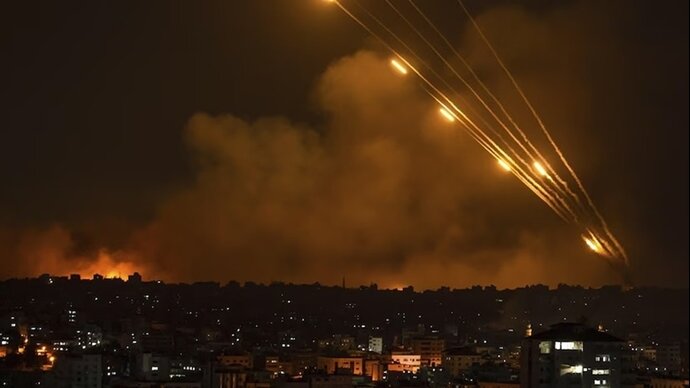What comes after the 12-day war on Iran?

LONDON - When U.S. President Trump says, “We destroyed, crushed, and ended the Iranian nuclear project,” and uses expressions of victory, the message behind it contradicts reality and carries defeat. However, when Iran declares that its nuclear facilities were significantly damaged, that too carries a contradictory message, one of victory, as in, Iran cannot be stopped and will pursue its interests.
America’s statement reflects incapacity — a recurring failure where major goals are set but not achieved, only to be masked by such statements.
This happened in Yemen when Trump declared he would unleash hell and end the Yemeni challenge in the Red Sea. Yet, after seven weeks, he declared victory without achieving any of his goals. Similarly, when he reached a point of inability in facing what he calls the “Iranian threat,” he came out with statements that reflected the opposite of strength.
After experiencing and discovering the true power balance on the ground, a new equation has been established. The threshold and momentum required to start any new war have now risen, perhaps to a level where nuclear weapons would only be used in the most extreme madness of war under absolute desperation.
This new ceiling presents the West with new challenges: either to acknowledge the new balance of power on the ground, which has now been tested in a way it never had before, or continue this hostile approach toward the Islamic Republic. This has also proven to be a failure after 45 years of sanctions that backfired and produced this kind of resilience, despite a full and comprehensive embargo.
Iran has been tested, and it has become clear that it is impossible to eliminate its current form, structure, and direction, and the inherent power it possesses. At the regional level, regarding its influence and its relationship with resistance forces that share Iran’s orientation and goals for regional security and rejecting foreign intervention, here comes the bigger question: What will be the limits of this Axis of Resistance’s presence, capabilities, and strength. What is the space it will occupy, now that things have reached this point?
Whilst parts of the Axis of Resistance may have been weakened, with the threats having reached the heart of Iran, and whilst the Axis of Resistance previously had theoretical excess power, it however had not been tested.
Things are clearer after this test, especially with the U.S. and the Israeli occupation entity throwing in all their weight, through 40 years of accumulated intelligence effort, that is enough to undermine any other system. Despite the huge disparity in military strength and weaponry, after this record-breaking period of warfare, the Axis of Resistance— although appearing weaker in image — proved to be more stable in real terms of actual power.
Now that it has been tested, it turns out it did not break on any front, and is now feared more than before, not because of perceived excess power, but because of proven resilience. What remains now is the true power, and if given time to rebuild during peacetime, the region will shift into a new phase — one in which the resistance forces have the upper hand and the final word.
Another question arises: Can the Israeli occupation entity, and behind it the U.S., adapt to and deal with this new reality, which is not in their favor? They are unlikely to tolerate it for long. Out of recklessness and impatience to assert unilateral influence across the region, these foolish actions may lead to another confrontation.
They will test the waters and try to enter into confrontation gradually — like they are doing in Lebanon — and this might lead, at the level of dealings with the Islamic Republic, to a larger confrontation.
Something unforeseen by the U.S. and the Israeli occupation entity might occur — due to the entity's inability to endure this kind of confrontation — which could ultimately lead to its end. Iran has emerged strong, and it must boldly present its vision for the region, in all its components of resistance.
Leave a Comment